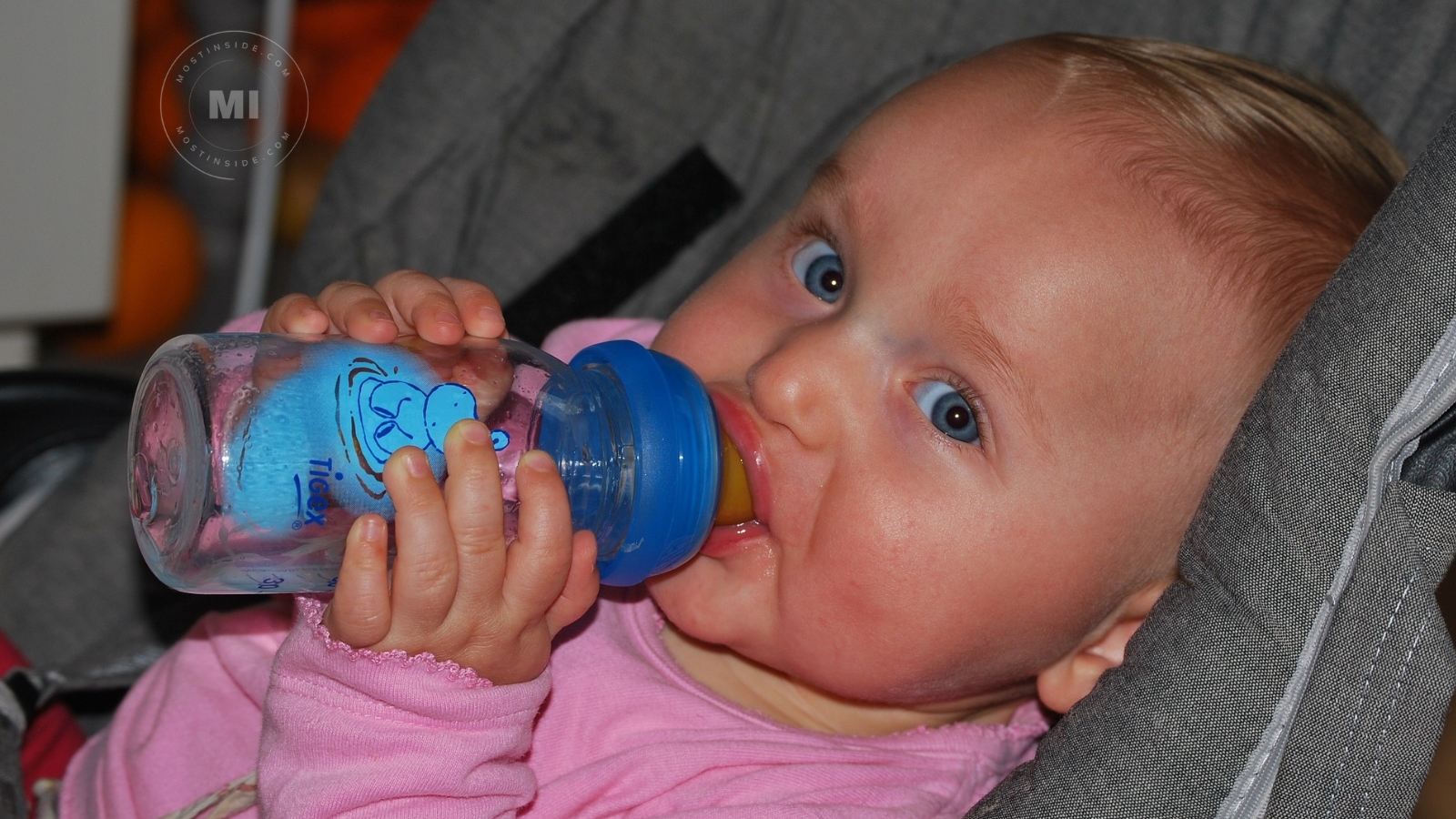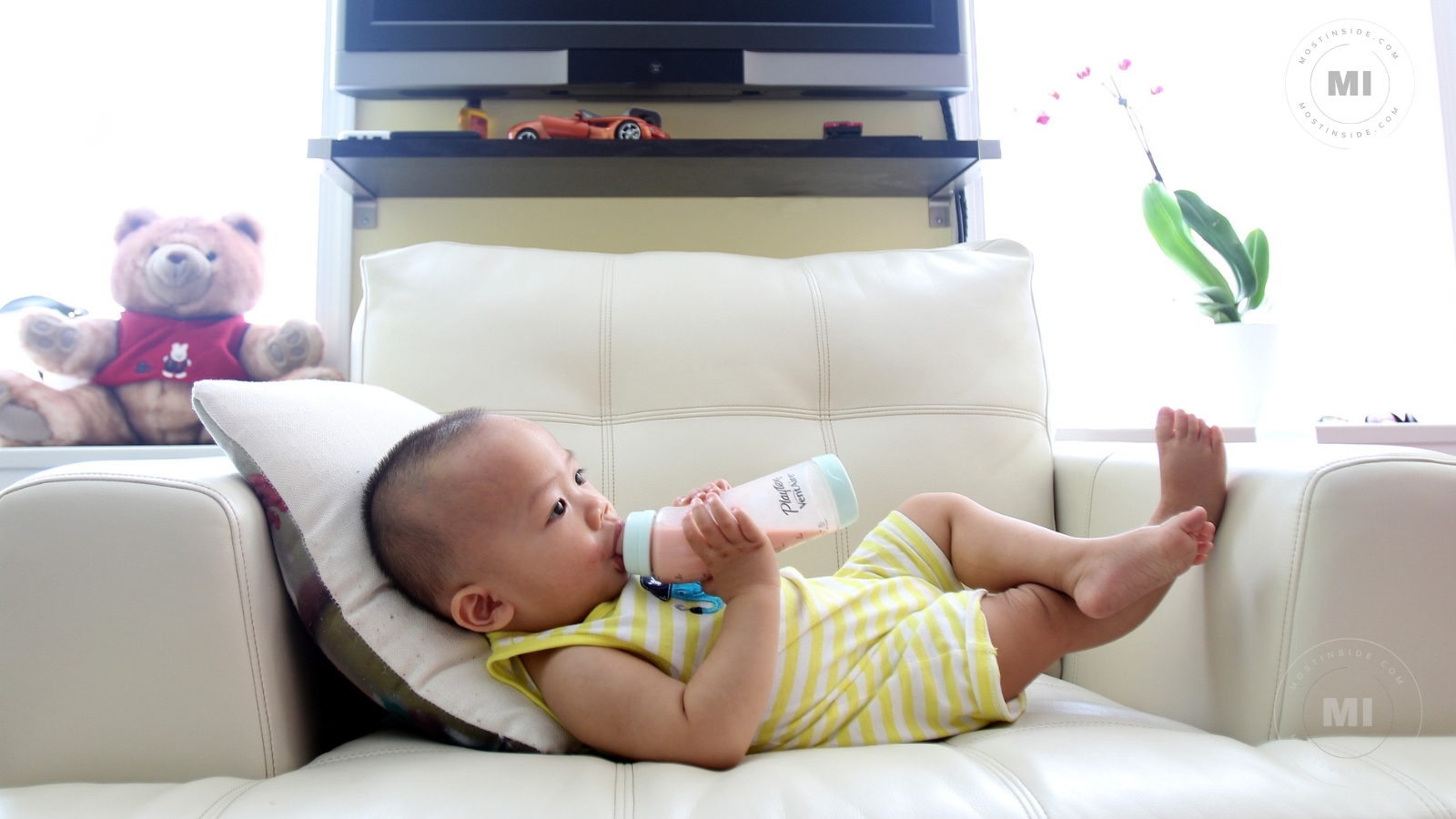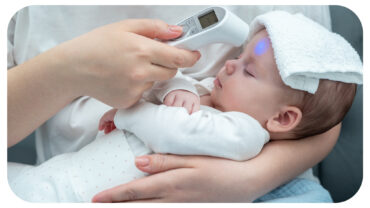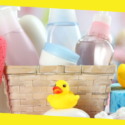How to Feed Your Hungry Baby
Drink, sleep, pee, poop, repeat; these are some of the most memorable moments of an infant.
And if you’re a new parent, the eating component may be the one that gives rise to the majority of your queries and concerns. How many ounces does your child need to consume? Do you wake a baby who is asleep to feed them? Why are they always starving? When should you introduce solid foods to your child? Is a glass sufficient, or do you require a milk bottle?

These suggestions will assist you in feeding your child by the bottle, whether you intend to use expressed breast milk or infant formula, and will also help you keep your child safe and healthy while doing so. If you want to feed your child infant formula, the first infant formula should always be the first formula given to your child. You can put it to use at any point during the first year.
This article will give pointers on breastfeeding your child and information on how to use a bottle. Stay here and keep reading if you are interested in trying bottle feeding, regardless of whether or not this is your first child.
Contents
ToggleThe importance of purchasing the appropriate bottle-feeding accessories
In addition to sterilisation equipment like a microwave and steam or cold-water steriliser, you will need several bottles, teats, and a brush.
There is no evidence that a particular kind of teat or bottle is superior to the others. It’s usually better to use bottles that aren’t complicated and are easy to clean and sterilise.
Prepare the baby’s bottles by sterilising them.
You must continue sterilising your baby’s bottles and teats until they are at least one year old. Before touching the sterile bottle and teats, be sure that you have thoroughly washed your hands.
When preparing the feed with infant formula, pay close attention and carefully follow the directions printed on the container.
How to feed your baby using a baby bottle
When you feed your child from a bottle, you get to know them better and strengthen your bond. If you, your partner, or the primary caregiver provide most of the infant’s feedings, the infant will have a greater sense of security.
Make sure you are seated comfortably and your baby is close by. Take pleasure in holding your baby in your arms, gazing into their eyes, and conversing with them while you feed them.

It is best to have your infant in an almost upright position during bottle feedings. Give them support for their head so that they may easily breathe and swallow.
You should gently brush the teat against your baby’s lips and allow them to draw in it when they fully open their mouth. Always be sure to let your baby have sufficient time to eat.
Please do not leave your infant unattended.
It would help if you never left your infant alone to drink from a raised bottle because they could suffocate on the milk.
Maintain the bottle in a horizontal position.
Place the teat into the mouth of the infant in a gentle manner. Maintain a horizontal orientation with the bottle at all times (just slightly tipped). It will ensure the milk flows consistently and prevent your infant from taking in any air.
If the teat becomes deflated while feeding your infant, you can break the suction by gently pulling on the inside corner of their mouth. If the teat becomes clogged, you should switch to a different sterile teat.
Follow your child’s lead at all times.
All babies have distinct characteristics. Your infant will have a good idea of how much breast milk they require. Some individuals have a greater appetite than others. Take your cues from your infant.
You should only give your infant food when they appear hungry, and you should not be concerned if they cannot finish the bottle.
Winding your baby
Your infant might need to burp or briefly pause when feeding. When you feel that your infant has received enough milk, hold them straight and rub or stroke their back gently to encourage any wind to come up.
You should throw expired milk away.
After bottle-feeding your child, you should dispose of unutilised formula or breast milk. Only prepare the meal when necessary, and do so one portion at a time.
Things to keep in mind:
- When bottle-feeding your infant, keep them close.
- Do not leave the bottle in your baby’s mouth alone or prop it up. The risks of suffocation, ear infections, and tooth decay for your infant all go up when you do this. The baby may consume more calories than necessary.
- Never put a bottled-fed infant to bed. Plaque forms on teeth when milk sits in the mouth.
- If your baby seems full, don’t make them finish the bottle. It could cause your baby to gain weight since they eat more than necessary.
Final Thoughts
Your infant will require assistance from you to learn how to feed themselves for the first few months of their life. Because you will be affecting their health and nutrition as a result of your choice, you need to be sure that you have made the appropriate choice before moving through with it.
Recommended For You
Common Cold Or Something More? Decoding Illness Symptoms In Babies
Most Inside
Most Inside offers high-quality recommendations and valuable updates to enhance all aspects of your life, providing premium guidance and enriching experiences.




